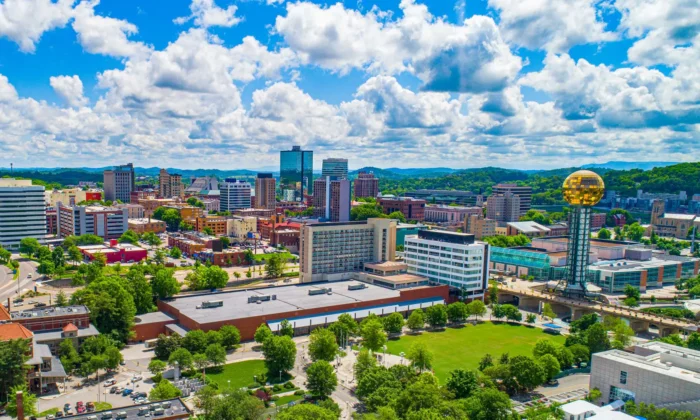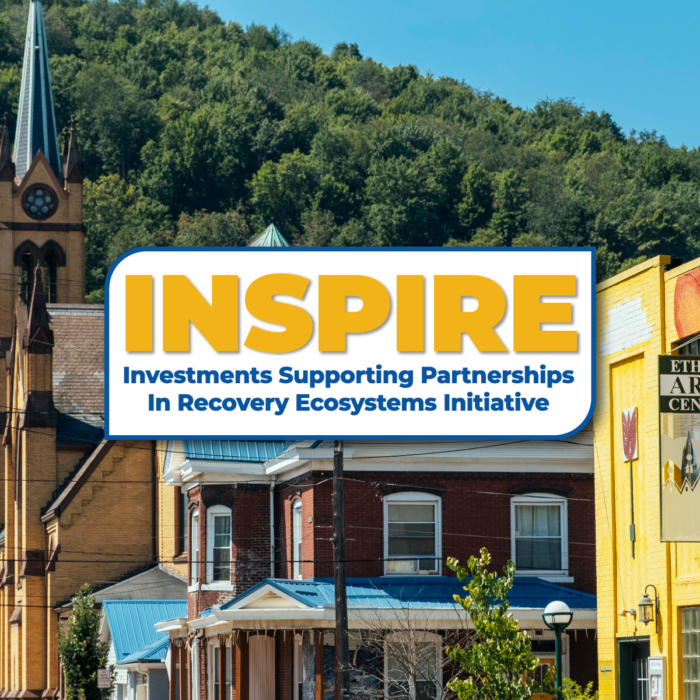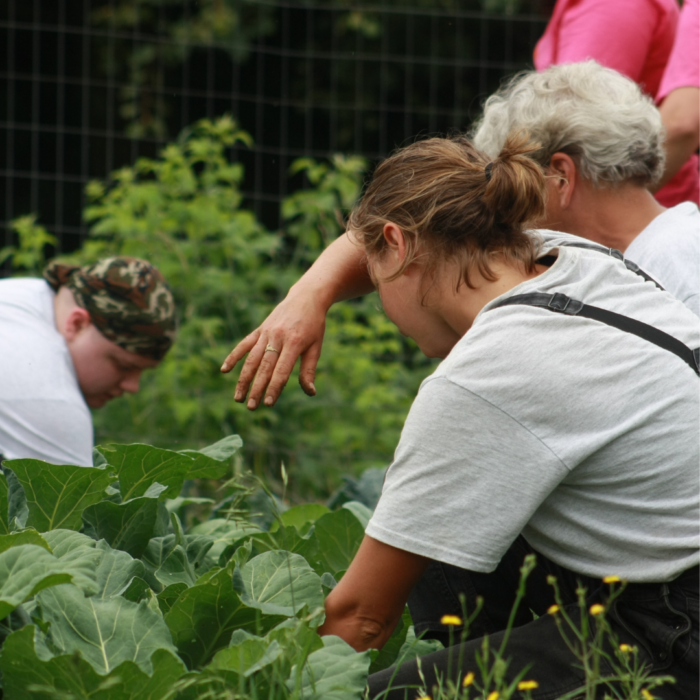Across Appalachia is a network of recovery residences, service agencies, nonprofits, educational institutions, faith-based organizations and more that support people who have substance use disorder (SUD). These services come together as a recovery-to-work ecosystem that promotes employment as a tool for recovery.
How can the 13 states of Appalachia work together to foster strong connections across the ecosystem? According to recent research, recovery housing plays a big part.
With a $50,000 grant from our Investments Supporting Partnerships in Recovery Ecosystems Initiative (INSPIRE), the National Alliance of Recovery Residences (NARR) (NARR) examined the role of recovery housing in helping individuals in recovery from SUD to become part of the workforce again. Their findings are included in a 2025 report, Discovering Workforce Strategies for the Recovery Community of Appalachia.
Mapping a Regional Recovery Ecosystem
The role of recovery housing becomes particularly important in Appalachia, where rates of overdose and poverty are higher than the rest of the nation. The data collected in the report found that many individuals are achieving higher rates of success in recovery if they have access to recovery housing after treatment. The vast majority looked for and found work in the first 30 days of moving into recovery housing programs.
“Connection with meaningful employment is understandably one of the most important, and often most difficult, tasks in an individual’s recovery,” said David Sheridan, executive director of NARR. “In addition to its obvious economic benefits, connecting with meaningful employment is instrumental in restoring a recovering individual’s sense of purpose.”
Many recovery residences form mutually beneficial relationships with local employers, helping individuals find jobs and employers find employees. There are important opportunities to integrate workforce training and educational opportunities with recovery housing.
Supporting Recovery in Rural Appalachia
The challenge to connect service providers across the ecosystem with each other is compounded for rural communities. In Appalachia, where more than 2.5 million people live in rural areas, opportunities for people in recovery to receive career support is critical.
“Recovery housing is one of the most effective responses [to SUD], in part because it can exist and thrive even in small, rural locations,” Sheridan said. “However, it is not widely or uniformly available throughout the region. Mapping facilitates resource planning, including the identification of the high-need areas.”
A robust recovery-to-work ecosystem also provides a critical service to employers who wish to grow their workforces: access to trained workers who are well-supported by their communities. The future of the recovery-to-work ecosystem in Appalachia ensures that everyone in recovery has access to housing, healthcare and work. INSPIRE partners like NARR are at work to see this future become reality.
Learn more about the $11.5 million INSPIRE package announced on September 18, 2024, at the Land of Sky office in Asheville, North Carolina. The package supports 39 recovery-to-work projects in communities across nine Appalachian states.


